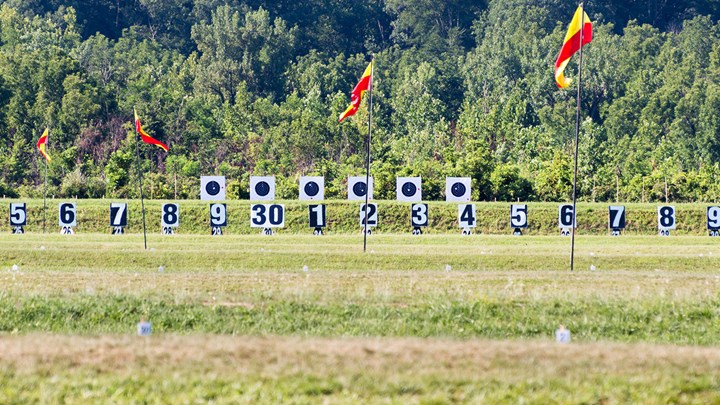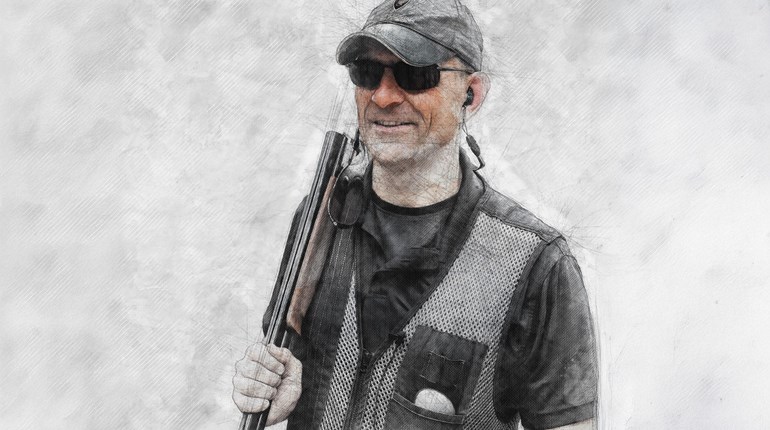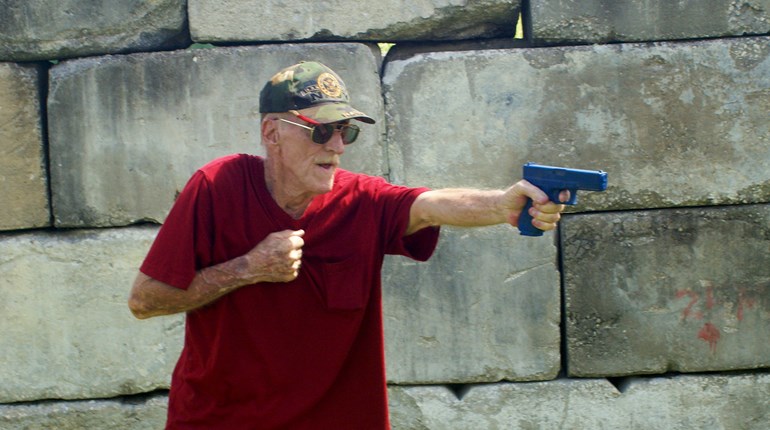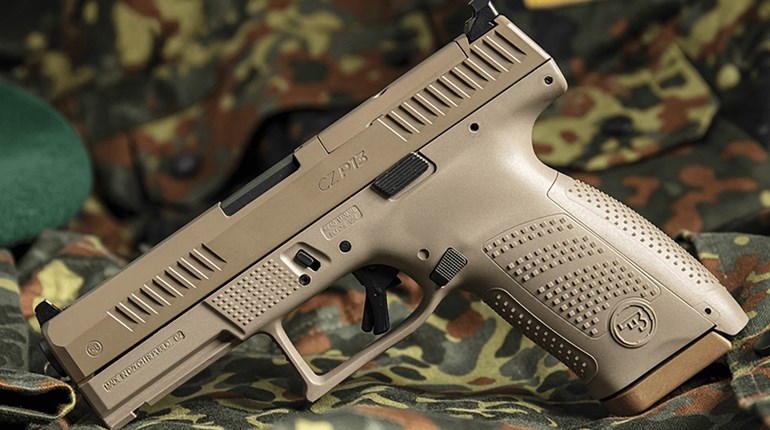
This classic article by the great Lones Wigger shares tips on how to read the wind. The article was meant specifically for silhouette, but the information presented here is universal to all target shooting sports.
Wind Indicators
By Lones Wigger
What can you use to judge the wind? Obviously, you can use the grass and the trees. If you see the trees bending over or the grass blowing, that's a good indicator that the wind is blowing. I've never had to use either too often to judge the wind, but they can be used.
In many places, the dust is a good wind indicator. Dust is kicked up by a round when it hits the berm. It doesn't necessarily have to be your round. When someone else shoots, you can watch the dust. When it goes straight over the top of the berm, you probably have a no-value wind or the mirage is boiling. When you see the dust go one way or the other, you can note the wind change and take it into consideration before you squeeze a shot off.
The name of the game is to keep things centered up. When you break the shot on the edge of the chicken, you want that chicken to go down. If you have the right wind on, that chicken will go down. If you are off a click, you are going to miss him.
When you don't have flags or can't see mirage because it's overcast, you can go by the feel of the wind on your body. You can judge the wind by the feel of the wind blowing on your neck or back.
If you have flags, they're very good wind indicators. In international where you have flags on each side at two distances, you can get very lazy and not even look at the mirage. That's a mistake. The best wind indicator we have is mirage.
The mirage is easy to see and easy to read. When you see mirage, you are seeing heat waves that are rising from the ground and then being pushed by the wind. You can tell in which direction the wind is pushing the heat waves, and if you practice a little bit, you can read the direction and velocity of mirage like a book.
When wind velocity is so high that you can't read mirage, you will be worrying more about the wind on your body. When the mirage is nice and slow, you can see it and see the changes. After you have practiced for awhile, you and your coach will be able to watch the movement of mirage across your target and figure out what it's worth.
When you have two sets of wind indicators, which one do you use? Use the one closest to you. The wind near the muzzle will affect the bullet more.
Do you compensate for the wind or do you change your scope? If I have time, I will change my scope because I like to hold center. If conditions are changing very quickly, I'll hold on one side or the other.
Does mirage affect your elevation? Remember, mirage is showing you wind changes so you must take elevation corrections along with your windage. The mirage itself will cause you to think you target is in one spot while actually in another. It's very difficult to shoot in the Southwest because you can get as much error when mirage shifts and moves your sight picture as from the wind itself.
When should you be watching mirage? What causes mirage? You should watch mirage whenever you have the opportunity. You usually get mirage any time there is sun. When it's overcast, it's very difficult to see mirage. When the ground is cool and the air warmer, moisture rises from the ground causing this squiggly heat waves you see. The wind pushes those heat waves in one direction or the other.
Those heat waves are telling you what the wind is doing just like a fine rain mist will. The wind moves the rain so it's very easy to see which way the wind is moving by watching the rain drift. We are concerned about the wind, and the mirage is a wind indicator.
When you want to read mirage, focus your spotting scope on your target and then back it off towards you. If you try to read mirage by focusing your scope past the target, you will get a reverse image of the mirage. You will say it's running from the left when actually it's from the right.
Anytime you can see mirage, use it and believe it. It's your best wind indicator by far.
Do you have zero changes when the sun comes out brightly? Does the rain affect the bullet? I think the idea of a zero change from the sun is a carryover form shooting service rifle with metallic sights. With a telescope, you have very little variation, so I rarely make an elevation correction for the light. I don't think rain affects the bullet, but the wind that comes with the rain will.
What effect do head winds and tail winds have? A wind that comes from 6 o'clock or 12 o'clock is considered a "no-value" wind. By "no-value" we mean that the wind has little or no effect on the bullet. Winds that come from 1 o'clock, 2 o'clock, 4 o'clock, 5 o'clock, 5 o'clock, 8 o'clock, 10 o'clock or 11 o'clock are "half-value" winds. A "half-value" wind affects the bullet half as much as a "full-value" wind.
Does the mirage affect you, or does the wind that the mirage tells you about affect you? Both. I think you get two effects. The wind blows the bullet, and the mirage distorts your sight picture.
See more: Expert Forum: Wind Shooting



































